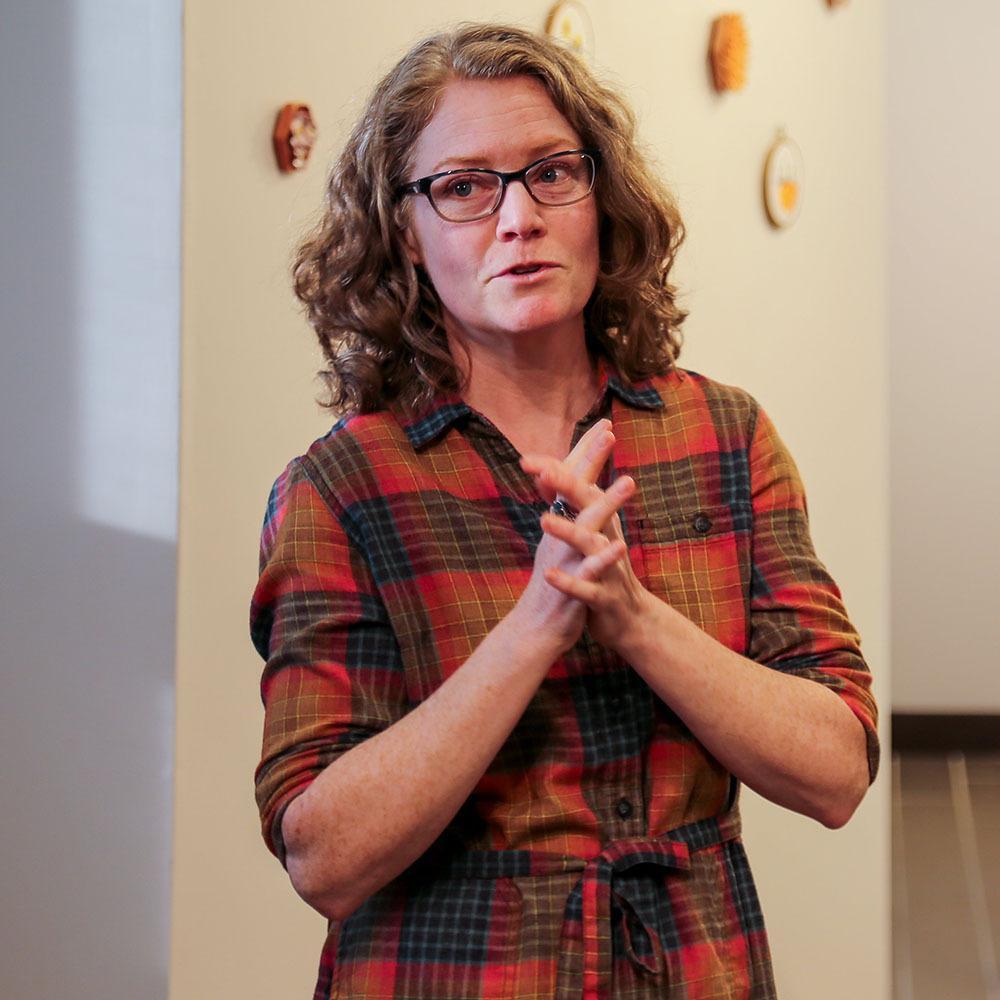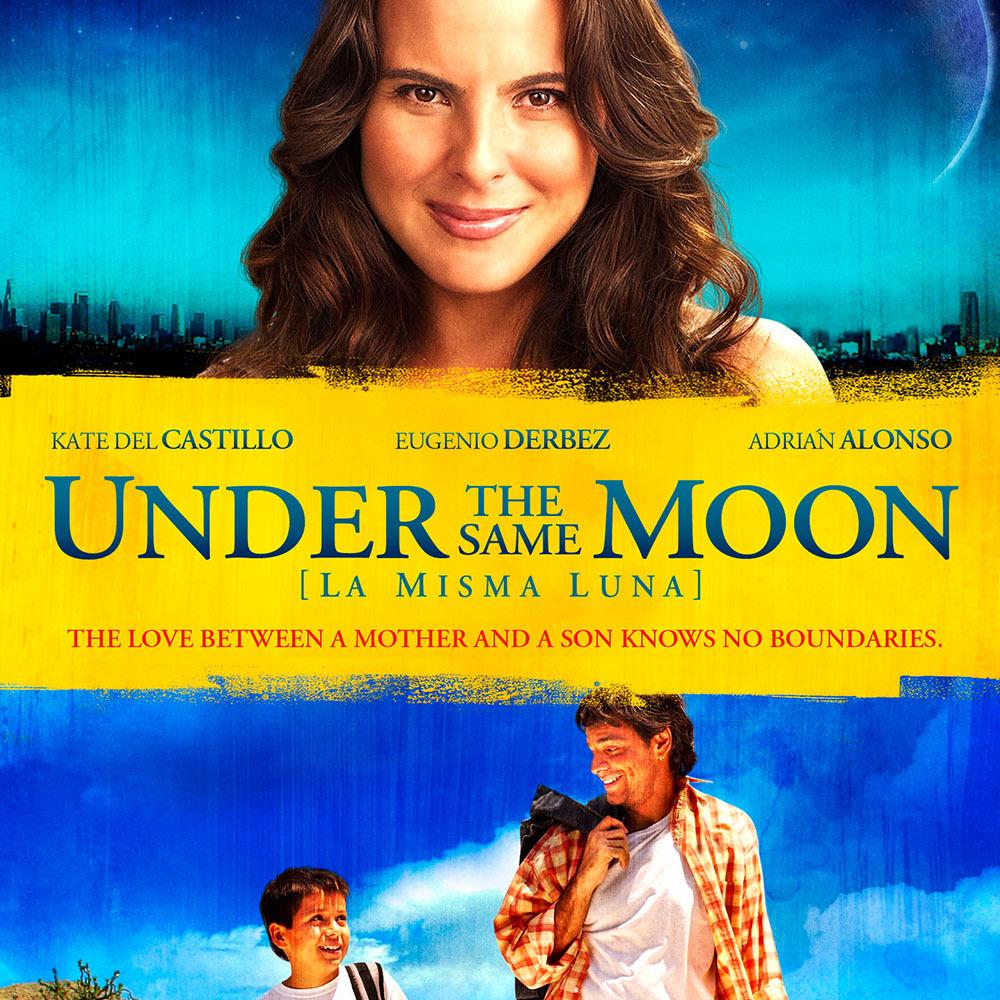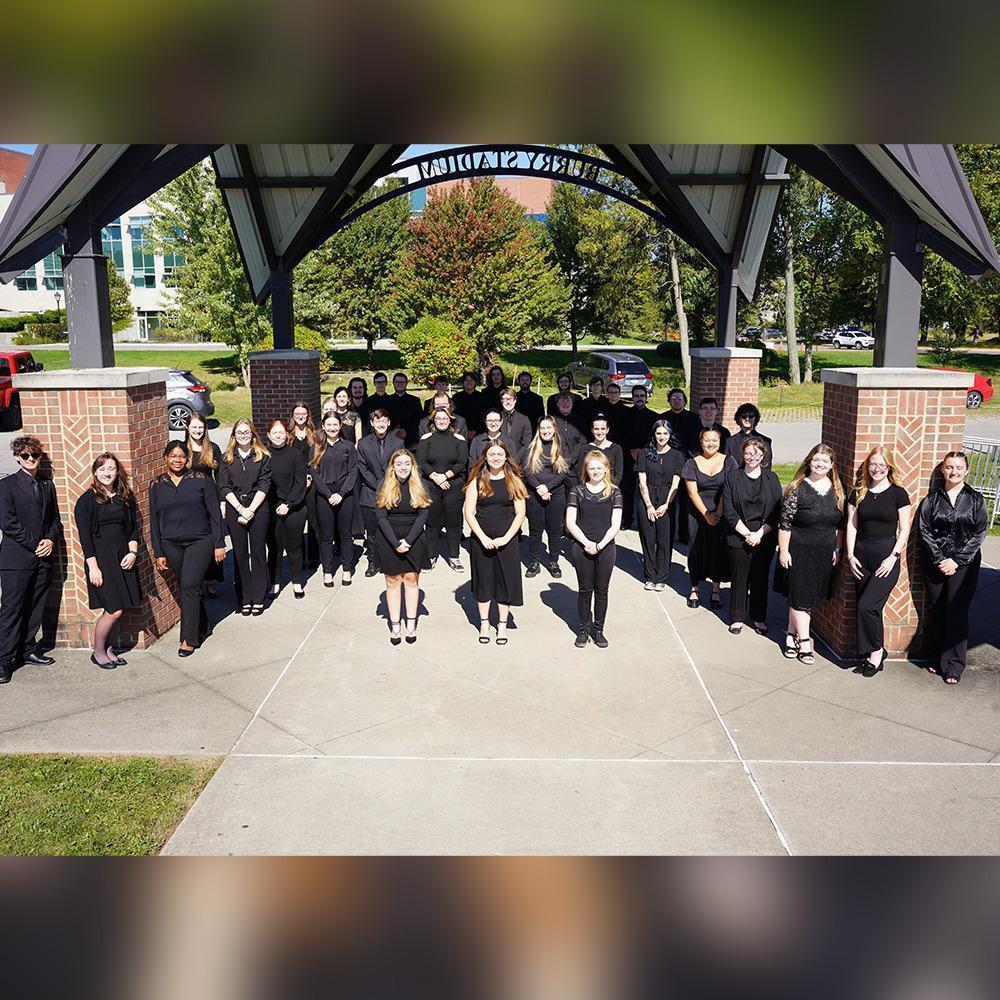Notes from the Field Station: "A Guide for Summer's Glare" or "New Sunscreen Rules"
Posted on Friday, July 1, 2011
The beautiful sunshine of summer also carries with it some baggage that isn't so nice. Ultraviolet light radiation is a potential culprit that can turn good to bad: sunburn, wrinkles and, worst of all, skin cancer. Ultraviolet radiation is monitored and reported as the UV Index from the Travis Weather Station.
As with other parameters of weather, we record the UV Index at 10-minute intervals and store the information for weekly summaries every Monday. We also stream the data through a website that can be easily accessed by searching for "Weather Underground" and then specifying the zip code for New Wilmington, 16142. What is shown on that Internet site is a composite of Field Station data and information from the U.S. Weather Service. That page, as well as Westminster's home page, reports the current local UV Index as, for example, 3.3 out of 16.
UVA are long rays that penetrate deep into the skin, may cause cancer and make up most of the UV spectrum. UVB are short, powerful and harmful rays that affect the outer layers of the skin, cause sunburn and induce the production of melanin, which results in a tan. UVB also damages DNA in the skin, which causes skin cancer. Our Field Station data include both UVA and UVB.
The UV Index scale used in the United States conforms to international guidelines that are established by the World Health Organization. The scale is 1 (low potential skin damage) to 10+ (severe risk). A reading of 3.3, for example, would mean a low-to-moderate risk of skin cancer. An index of 8 or above would mean a high-to-very-high risk of harm from unprotected sun exposure.
Skin is vulnerable, especially during the peak times of UV between noon and 2 p.m. For those who "live to be outside," the obvious precaution to avoid skin damage is to cover the skin or use sunscreen with SPF (sun protection factor) 15 or higher, especially between noon and mid-afternoon.
The safest outside times are generally before 9:30 or 10 a.m. and after 4:30 or 5 p.m. The highest UV Index recorded at the Field Station in the month of June was 10.2 on June 12. All but six days in June exceeded an index of seven.
The Food and Drug Administration issued a report in June 2011 prescribing new sunscreen rules for manufacturers. Here are the main points:
• Sunscreens may be labeled "broad-spectrum" if they provide protection against UVA and UVB radiation but only those sunscreens with SPF of 15 or higher can state that they protect against skin cancer if "used as directed with other sun protection measures"
• Sunscreens with an SPF of 2-14 will be required to have a warning stating that the product has not been shown to help prevent skin cancer or early skin aging
• The terms "Sunblock," "Sweatproof" and "Waterproof" are no longer allowed on sunscreen labels but sunscreen may claim to be "Water resistant" if the product offers 40 minutes or more of protection while swimming or sweating
• Sunscreens cannot claim to provide sun protection for more than two hours without reapplication
• The major sunscreen manufacturers will have one year to comply with the FDA ruling; smaller companies will have two years. Look for changes in labeling.
The web site, www.skincancer.org, lists some pertinent and sobering facts:
• One blistering sunburn in childhood or adolescence more than doubles a person's chances of developing melanoma (skin cancer) later in life
• In a recent survey, more than 80 percent of people age 25 and younger said they looked better with a tan
• One out of three teenagers say they tan because it looks healthy
• But less than half of all teenagers use sunscreen
A great teacher once said, "He who has ears to hear, let him hear," or paraphrased, "Whoever reads this, take note."
Clarence Harms, Director
Field Station
(724) 946-6001
harmsc@westminster.edu
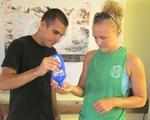
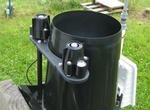

More Stories

